Who doesn’t love a rich, creamy Italian dish that’s both simple and indulgent? For me, Spaghetti Carbonara is more than just a recipe. It’s a culinary experience that takes me to the Tuscan countryside.
I remember my first time having real Carbonara in Italy. It was magical. The tender spaghetti, savory bacon, and parmesan cheese were amazing together.
In this article, I’ll share my tips for making a creamy Spaghetti Carbonara. It’s sure to become a favorite in your kitchen.

Spaghetti Carbonara
Equipment
- Large pot
- Skillet
- Mixing bowl
- Tongs
Ingrédients
- 12 oz spaghetti
- 4 oz guanciale or pancetta, diced
- 2 large eggs
- 2 egg yolks
- 1 cup Pecorino Romano cheese, grated
- 1 tsp freshly ground black pepper
- 1 tbsp salt (for pasta water)
Instructions
Prepare Ingredients
- Bring a large pot of salted water to a boil.
- In a mixing bowl, whisk together eggs, egg yolks, grated Pecorino Romano, and black pepper until well combined.
Cook Pasta and Meat
- Add spaghetti to boiling water and cook until al dente, according to package instructions.
- While pasta cooks, heat a skillet over medium heat and cook diced guanciale or pancetta until crispy. Remove from heat.
Combine and Serve
- Reserve 1/2 cup of pasta cooking water, then drain the spaghetti.
- Quickly add hot pasta to the skillet with guanciale, tossing to combine.
- Remove skillet from heat and pour in the egg and cheese mixture, tossing rapidly to create a creamy sauce. Add reserved pasta water as needed to achieve desired consistency.
- Serve immediately, garnished with additional grated cheese and freshly ground black pepper if desired.
Video
Notes
Special Notes
- Use freshly grated Pecorino Romano for authentic flavor.
- Ensure the pasta is hot when mixing with the egg mixture to cook the eggs properly.
- Do not add cream; the creaminess comes from the eggs and cheese.
- Guanciale is traditional, but pancetta or bacon can be used as substitutes.
- Serve immediately for the best texture and flavor.
Nutrition
Table of Contents
Key Takeaways
- Understand the traditional ingredients used in Spaghetti Carbonara.
- Learn how to achieve a creamy sauce without heavy cream.
- Discover the importance of using high-quality parmesan cheese.
- Get tips on cooking the perfect al dente spaghetti.
- Explore variations of the classic recipe to suit your taste.
The History of Spaghetti Carbonara
Spaghetti Carbonara’s story is as rich as its creamy sauce. It has roots deeply embedded in Italian history. This beloved dish has a fascinating narrative that intertwines with the country’s culinary evolution.
Origin Stories of the Dish
Spaghetti Carbonara’s origins are shrouded in mystery. Various theories try to explain its birth. One story says it started in the mid-20th century, during World War II.
It’s said American soldiers introduced bacon or pancetta to Italian cuisine. They mixed it with local ingredients like eggs, pasta, and cheese.
Another theory says Carbonara came from the Lazio region, in Rome. It was a peasant dish made with eggs, guanciale, and Pecorino Romano cheese. The name « Carbonara » might come from the Italian word for « coal miner. »
Traditional Ingredients Used
Traditionally, Spaghetti Carbonara uses a few simple ingredients. These include spaghetti, guanciale or pancetta, eggs, Pecorino Romano cheese, and black pepper. The dish’s authenticity comes from not using cream, which is often mistakenly added.
Traditional Ingredients:
| Ingredient | Description |
|---|---|
| Spaghetti | Long, thin strands of pasta |
| Guanciale or Pancetta | Cured pork jowl or bacon, adding a savory flavor |
| Eggs | Fresh eggs, used to create the creamy sauce |
| Pecorino Romano Cheese | A sharp, salty Italian cheese, essential for the authentic taste |
| Black Pepper | Freshly ground pepper, adding depth to the dish |
Regional Variations
While traditional Spaghetti Carbonara is rooted in Roman cuisine, variations exist across Italy and the world. Some recipes may include cream, different cheeses, or meats. These changes adapt the original to local tastes.
For example, some variations might use bacon instead of guanciale or pancetta. They might also add vegetables for extra flavor. But, purists say these changes stray from the authentic essence of Carbonara.
In conclusion, Spaghetti Carbonara’s history is a rich tapestry. It’s woven from tradition, adaptation, and regional identity. Understanding its origins and traditional ingredients helps us appreciate its simplicity and depth.
Ingredients for the Perfect Carbonara
To make a authentic Spaghetti Carbonara, you need a few key ingredients. This dish is simple, so we’ll focus on the basics.
Essential Ingredients Explained
A traditional Spaghetti Carbonara recipe has just a few things: spaghetti, guanciale or pancetta, eggs, Parmesan cheese, and black pepper. Here’s what each does:
- Spaghetti: It’s the base of the dish. Use high-quality spaghetti for the best taste.
- Guanciale or Pancetta: These cured meats add a rich flavor. Guanciale is traditional, but pancetta works too.
- Eggs: Eggs make the sauce creamy. Use fresh, quality eggs.
- Parmesan Cheese: It brings a salty, nutty taste. Choose freshly grated Parmesan for the best flavor.
- Black Pepper: Freshly ground black pepper adds depth to the dish.
Optional Ingredients for Extra Flavor
While traditional Carbonara is simple, you can try some optional ingredients for more flavor:
- Garlic: Adding a bit of garlic can deepen the flavor, though it’s not traditional.
- Fresh Herbs: Parsley or basil can add a fresh touch to the dish.
- Other Cheeses: While Parmesan is a must, you can also try other hard cheeses like Pecorino Romano.
By using these essential and optional ingredients, you’ll make an easy Spaghetti Carbonara recipe that’s as good as any Italian restaurant.
Step-by-Step Guide to Making Spaghetti Carbonara
Making Spaghetti Carbonara is easier than you think. I’m here to guide you through it. This classic Italian dish is simple and uses high-quality ingredients. Let’s get started!
Preparing the Pasta
The foundation of a great Spaghetti Carbonara is perfectly cooked spaghetti. To achieve this, bring a large pot of salted water to a boil. Use about 1 tablespoon of salt for every 4 cups of water.
Once boiling, add your spaghetti and cook until it’s al dente. This usually takes around 8-10 minutes. But check your pasta packaging for specific instructions.
While your pasta is cooking, prepare an ice bath in a large bowl. Once your spaghetti is done, reserve 1 cup of pasta water before draining it. Then, immediately submerge the spaghetti in the ice bath to stop the cooking process. This step is key for the perfect texture.
Cooking the Sauce
The sauce is where the magic happens in Spaghetti Carbonara. In a pan, cook diced guanciale or pancetta over medium heat until it’s crispy. If you can’t find guanciale, you can substitute it with bacon, though the flavor will be slightly different. Once crispy, remove the pan from the heat and let it cool slightly.
In a separate bowl, whisk together eggs, Parmesan cheese, and a pinch of salt and pepper. The quality of your Parmesan is key here, so choose a good, aged Parmesan. The eggs should be fresh, and don’t be shy with the cheese – it’s a key component of the sauce.
Combining Everything for the Perfect Dish
Now, it’s time to bring everything together. Add the cooked spaghetti to the bowl with the egg mixture and toss it well. The heat from the pasta will start to cook the eggs, creating a creamy sauce. Then, add the cooked guanciale (or pancetta/bacon) to the pasta, along with some of its rendered fat. Toss everything together until the spaghetti is well coated.
If the sauce seems too thick, you can thin it out with some of the reserved pasta water. The key to a great Carbonara is achieving a creamy sauce without making it too runny or too thick. Taste and adjust the seasoning as needed.
Serve your Spaghetti Carbonara immediately, garnished with extra Parmesan cheese and a sprinkle of black pepper. Enjoy the fruits of your labor!
Tips for Achieving Creamy Carbonara
Making creamy Spaghetti Carbonara is an art. It needs attention to detail and expert tips. The secret is in its simplicity and quality ingredients, along with the right technique.
The Role of Eggs in Creaminess
Eggs are key to a creamy Carbonara. Fresh, high-quality eggs make a big difference. They should be mixed gently with hot pasta to avoid scrambling.
Choosing the Right Cheese
The right cheese is vital for Carbonara. Choose Parmigiano-Reggiano or Pecorino Romano for their sharp flavors. Grate the cheese fresh for the best taste and texture.
Timing: When to Mix Ingredients
Timing is key when mixing Carbonara ingredients. Mix the pasta with egg and cheese right off the heat. This ensures the eggs don’t scramble and the cheese melts well, making a creamy Spaghetti Carbonara.
Follow these tips to make an easy Spaghetti Carbonara recipe. You’ll get the best Spaghetti Carbonara recipe every time. Remember, practice makes perfect, so don’t give up if it takes a few tries!
Common Mistakes to Avoid
Cooking Spaghetti Carbonara can be tricky. Knowing what mistakes to avoid helps a lot. When you want a real, traditional Spaghetti Carbonara, watch out for these common pitfalls.
Overcooking the Pasta
One big mistake is overcooking the pasta. Spaghetti should be al dente, with a bit of chew. Overcooking makes it mushy and not good to eat. To avoid this, check your pasta often and test it a bit before it’s done.
Using Cream: Why It’s Not Traditional
Many people add cream to their Carbonara. But, a real Spaghetti Carbonara doesn’t have cream. The creaminess comes from eggs, cheese, and pasta water. Cream makes the dish too rich and hides the flavors.
Skipping the Pasta Water
Not using pasta water is another mistake. The starchy water is key for a smooth sauce. It helps mix the eggs and cheese with the pasta. Always save some pasta water before draining and add it to your sauce slowly.
To sum up, here are the main mistakes to avoid in Spaghetti Carbonara:
| Mistake | Why It’s Wrong | How to Avoid It |
|---|---|---|
| Overcooking the Pasta | Makes the pasta mushy and unappetizing. | Cook pasta until al dente, checking frequently towards the end. |
| Using Cream | Makes the dish overly rich and masks other flavors. | Use eggs, cheese, and pasta water for creaminess instead. |
| Skipping the Pasta Water | Results in a sauce that’s too thick and separate. | Reserve pasta water before draining and add it to the sauce as needed. |
Avoiding these mistakes will help you make a delicious, authentic Spaghetti Carbonara. The secret to a great Carbonara is in the details. Cook your pasta just right, use the right ingredients, and don’t forget the pasta water!
Pairing Spaghetti Carbonara with Wine
When pairing wine with Italian Spaghetti Carbonara, many options exist. The dish’s rich flavors, like eggs, parmesan, and guanciale, need a wine that complements them well.
Let’s explore what makes a perfect wine match for this classic dish.
Recommended Wine Varieties
For a classic Spaghetti Carbonara, a white wine is best. Here are some top choices:
- Pinot Grigio: Its crisp acidity balances the dish’s richness.
- Vermentino: This Italian white wine’s herbaceous notes match the dish’s savory taste.
- Arneis: With its subtle fruit flavors and crisp finish, Arneis is another excellent choice.
Serving Temperature for Best Flavor
The wine’s serving temperature greatly affects the dining experience. For white wines like Pinot Grigio and Vermentino, aim for a temperature between 45°F to 55°F (7°C to 13°C). This temperature range enhances the wine’s flavors and refreshes your palate.
Choosing the right wine and serving it at the best temperature can make your Spaghetti Carbonara experience better. It brings a perfect balance of flavors.
Making It Healthier: Lighter Versions
Making a healthier Spaghetti Carbonara is all about tweaking the ingredients without losing the flavor. You can enjoy this creamy Italian favorite with a few simple adjustments.
Alternative Ingredients
To make a lighter Spaghetti Carbonara, try substituting traditional ingredients with healthier ones. Use whole wheat spaghetti instead of regular spaghetti to boost fiber. Replace guanciale or pancetta with turkey bacon or vegetarian bacon to cut down on saturated fat.
Using egg whites can reduce cholesterol and saturated fat. For cheese, mix part-skim mozzarella and Parmesan for a similar taste with less fat.
| Traditional Ingredient | Healthier Alternative | Benefit |
|---|---|---|
| Regular Spaghetti | Whole Wheat Spaghetti | Increased Fiber |
| Guanciale/Pancetta | Turkey Bacon | Reduced Saturated Fat |
| Whole Eggs | Egg Whites | Lower Cholesterol |
| Full-fat Cheese | Part-skim Mozzarella & Parmesan | Less Fat |
Portion Control Tips
Another key aspect is controlling portion size. A serving size of Spaghetti Carbonara should be about 1 cup of cooked pasta. Use a food scale or measuring cups to get it right.
Adding a side salad or some steamed vegetables can balance the meal and add nutrients. Be mindful of cheese and bacon, as they are high in calories and fat.
By making these changes, you can enjoy a healthier Spaghetti Carbonara that satisfies your cravings. Try different ingredients and portion sizes to find the perfect balance for you!
Serving Suggestions for Spaghetti Carbonara
A well-served Spaghetti Carbonara is more than just a meal; it’s an experience that delights the senses. When you present this classic Italian dish, you’re not just feeding your guests; you’re creating memories. Let’s explore how to make your Spaghetti Carbonara a truly unforgettable dining experience.
Garnishes to Enhance Flavor
Garnishing your Spaghetti Carbonara is the final touch that can elevate it from a simple pasta dish to a culinary masterpiece. Consider adding some freshly ground black pepper to give it a nice kick. You can also sprinkle some grated Parmesan cheese on top for an extra burst of flavor.
For a pop of color and freshness, a sprinkle of parsley can work wonders. I personally love adding a few shaved black truffles for a luxurious twist – it makes the dish feel like a special occasion!
Best Sides to Serve Alongside
While Spaghetti Carbonara is a rich and satisfying dish on its own, serving it with the right sides can complement its flavors and add variety to your meal. A simple green salad with a light vinaigrette dressing is a great choice, as it cuts through the richness of the pasta.
Grilled or roasted vegetables like asparagus or Brussels sprouts can also provide a nice contrast in texture. For a more traditional Italian meal, consider serving some garlic bread on the side – it’s a classic combination that’s hard to beat!
By thoughtfully selecting your garnishes and sides, you can turn a delicious Spaghetti Carbonara into a well-rounded and memorable dining experience that your guests will cherish.
Conclusion: Enjoying Your Homemade Carbonara
Now you’ve got the real Spaghetti Carbonara recipe down. It’s time to enjoy what you’ve made! Add some parmesan cheese and fresh parsley to make it special.
Presentation Matters
How you present your Spaghetti Carbonara matters a lot. Serve it in a warm pasta bowl. Add extra parmesan cheese and drizzle olive oil for flavor and looks.
Make it Your Own
Don’t be afraid to try new things with your Spaghetti Carbonara. Add your favorite ingredients or change the sauce. Use guanciale or pancetta to keep it true to Italy.
With this recipe, you’re not just cooking. You’re making a special experience. So, get creative and enjoy your homemade Carbonara!
Frequently Asked Questions About Spaghetti Carbonara
1. What is carbonara?
Carbonara is a traditional Italian pasta dish typically made with spaghetti, guanciale (cured pork cheek), egg yolks, Pecorino Romano cheese, and black pepper.
2. Where does spaghetti carbonara come from?
Spaghetti carbonara originates from the Lazio region of Italy, particularly Rome.
3. What are the traditional ingredients in carbonara?
Traditional ingredients include spaghetti, guanciale, egg yolks, Pecorino Romano, and black pepper.
4. Can I use pancetta or bacon instead of guanciale?
Yes, pancetta or bacon can be used as substitutes for guanciale, though the flavor will be slightly different.
5. Should I use whole eggs or just the yolks?
Traditionally, only the egg yolks are used to create a creamier sauce.
6. Can I add cream to carbonara?
No, authentic carbonara does not include cream. The creaminess comes from the egg yolks and cheese.
7. What kind of cheese is used in carbonara?
Pecorino Romano is the traditional cheese used in carbonara.
8. Can I substitute Parmesan for Pecorino?
Yes, Parmesan can be used, though it will slightly change the taste.
9. How should guanciale be cooked?
Guanciale should be cooked over medium heat until crispy and the fat has rendered.
10. How do I keep the eggs from scrambling in carbonara?
Mix the egg mixture quickly with the hot pasta off the heat to prevent scrambling.
11. Can I make vegetarian carbonara?
Yes, you can use vegetarian alternatives like mushrooms or plant-based meat substitutes.
12. What’s the difference between carbonara and cacio e pepe?
Cacio e pepe is a simpler pasta dish made only with pasta, cheese, and pepper — no eggs or meat.
13. Can I use other pasta types instead of spaghetti?
Yes, you can use fettuccine, rigatoni, bucatini, or other types of pasta.
14. How much pasta should I cook per person?
Typically, 3.5 ounces (100 grams) of dry pasta per person is recommended.
15. Can I make carbonara ahead of time?
Carbonara is best served immediately, as the texture changes when reheated.
16. How do I reheat leftover carbonara?
Reheat gently in a pan with a splash of water to keep the sauce from drying out.
17. What wine pairs well with carbonara?
A dry white wine like Pinot Grigio or a light red like Chianti pairs nicely with carbonara.
18. Can I freeze carbonara?
Freezing carbonara is not recommended as the sauce can separate upon thawing.
19. How many calories are in a serving of carbonara?
One serving of carbonara contains approximately 500–700 calories, depending on ingredients.
20. Is carbonara gluten-free?
No, but it can be made gluten-free using gluten-free pasta.
21. Can I use milk instead of cream?
Neither milk nor cream are used in traditional carbonara; creaminess comes from the eggs and cheese.
22. How long does carbonara last in the fridge?
It can be stored in the fridge for 1 to 2 days.
23. Can I add vegetables to carbonara?
While not traditional, some people add peas, mushrooms, or other veggies.
24. What’s the difference between guanciale and pancetta?
Guanciale comes from pork cheek, while pancetta is from pork belly. Guanciale has a stronger flavor.
25. Can I use pasteurized eggs?
Yes, pasteurized eggs can be used for food safety.
26. What’s the ideal temperature for mixing eggs and pasta?
The pasta should be hot but not boiling to avoid cooking the eggs.
27. Can I use white pepper instead of black?
Black pepper is traditional, but white pepper can be used as an alternative.
28. Is carbonara kid-friendly?
Yes, as long as you adjust the pepper level and ensure the eggs are properly mixed.
29. Can I make a lighter version of carbonara?
Yes, use less cheese and opt for leaner meat alternatives.
30. What side dishes go well with carbonara?
A green salad or grilled vegetables are great sides for this rich dish.

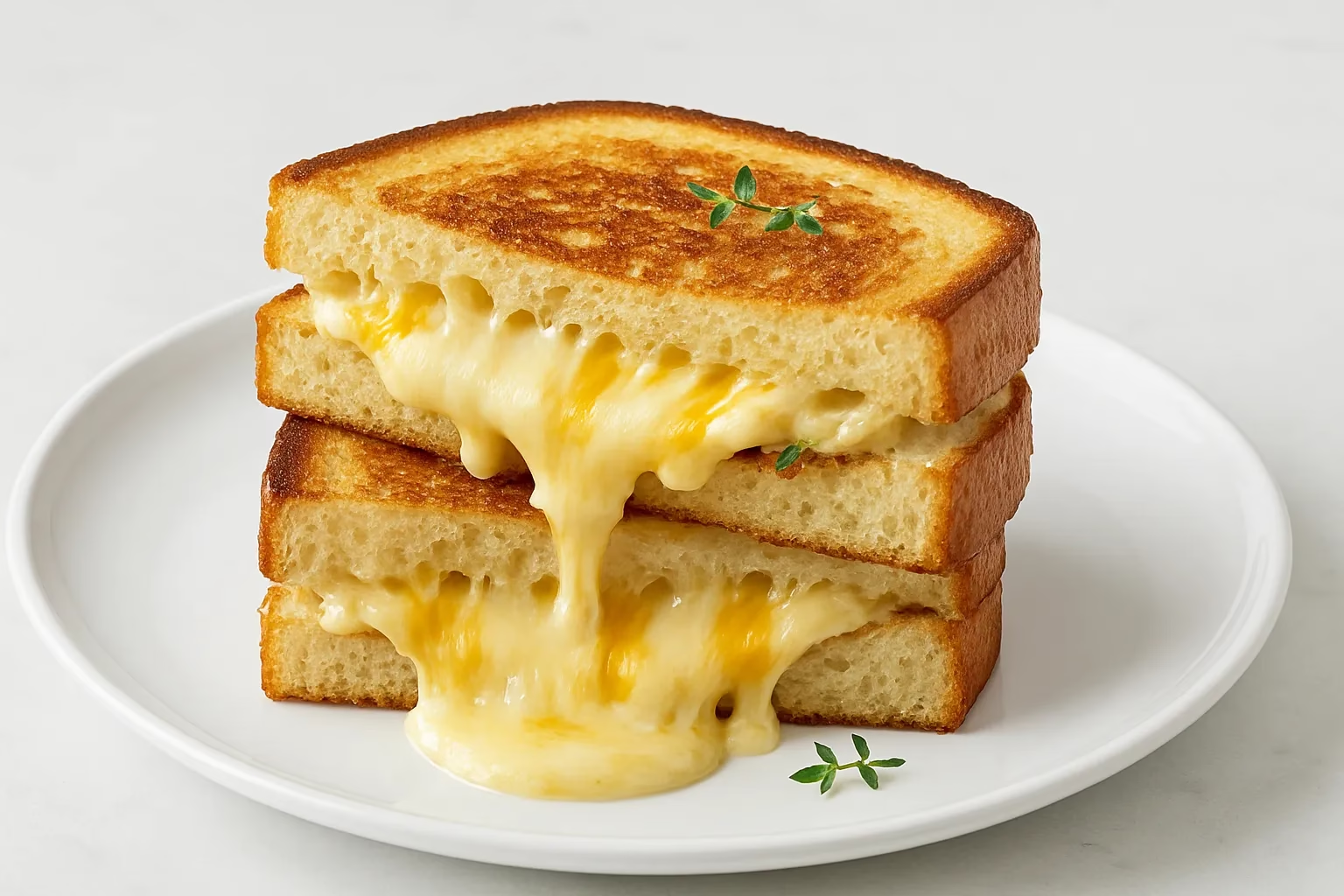
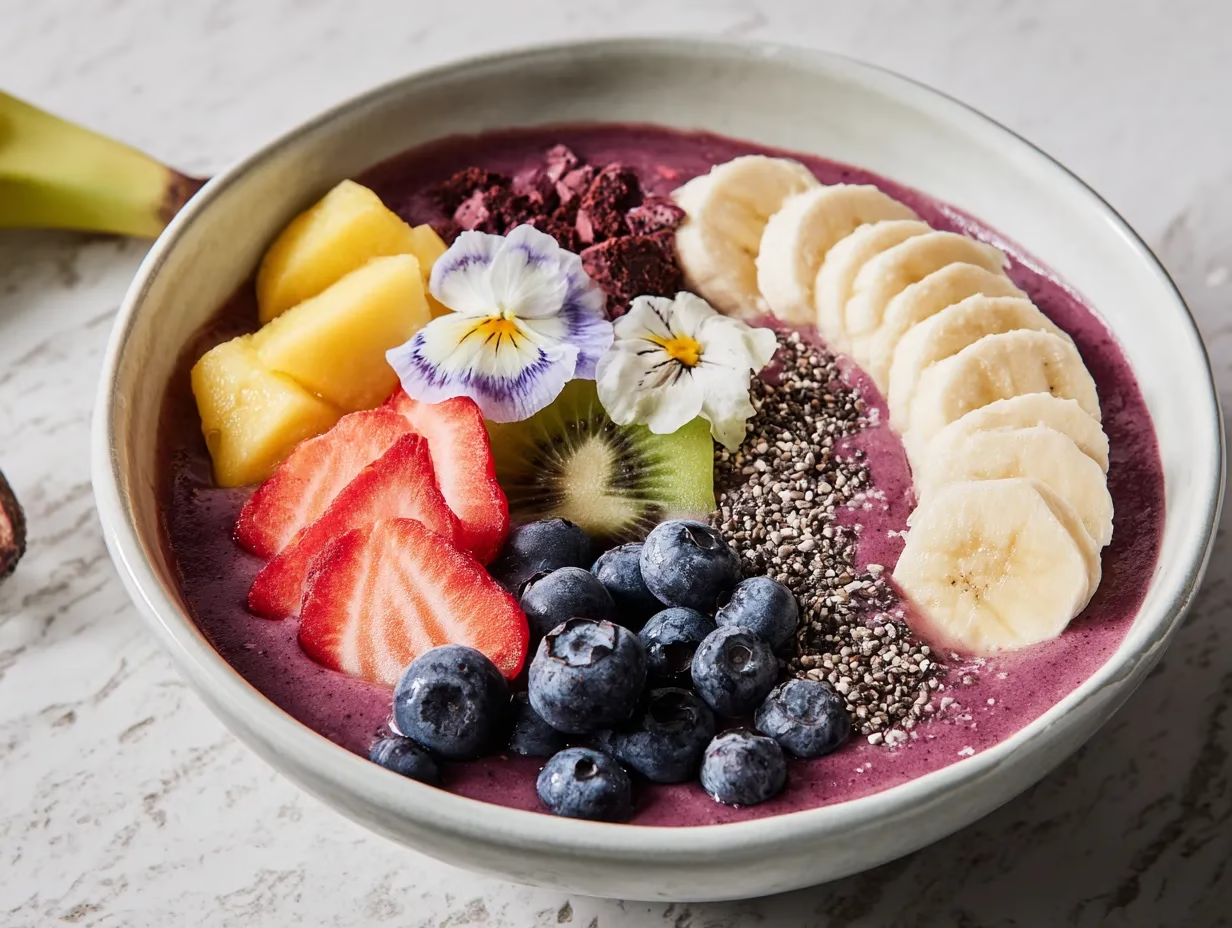
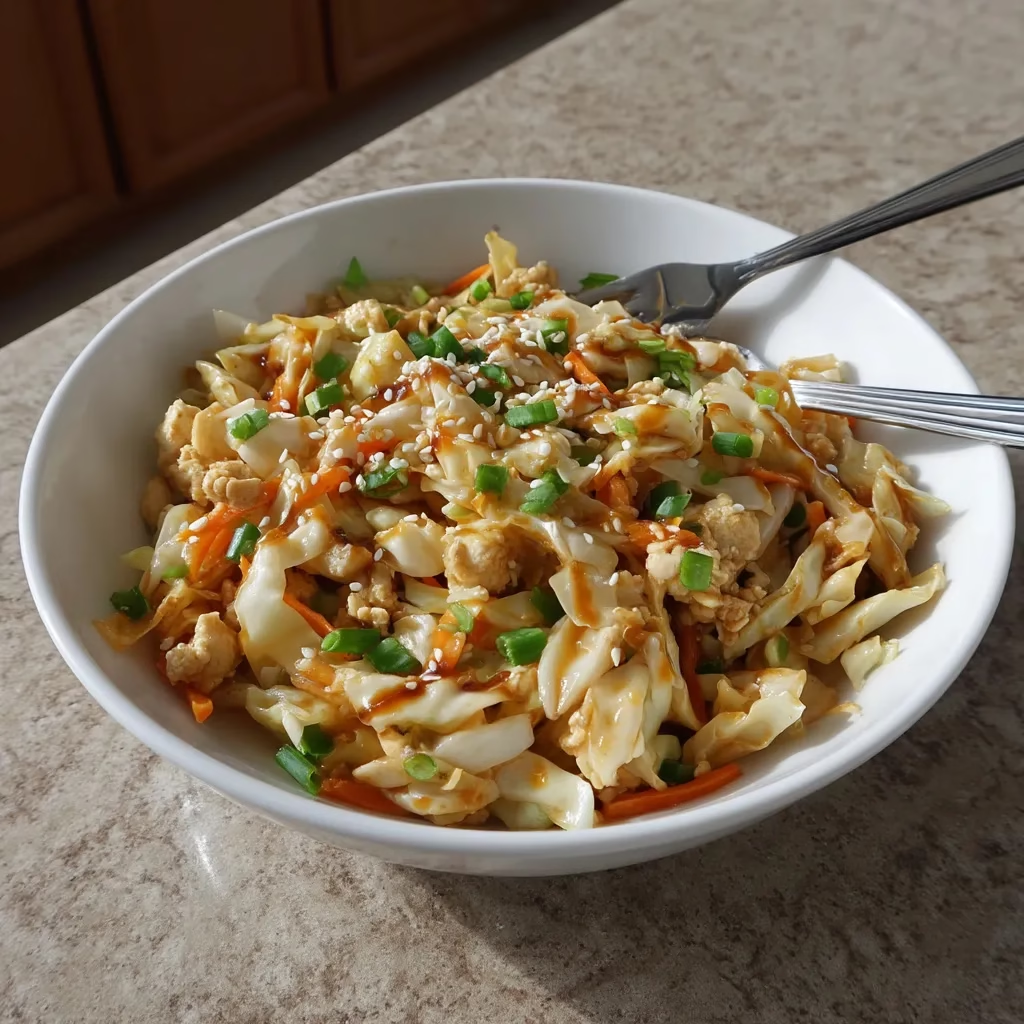
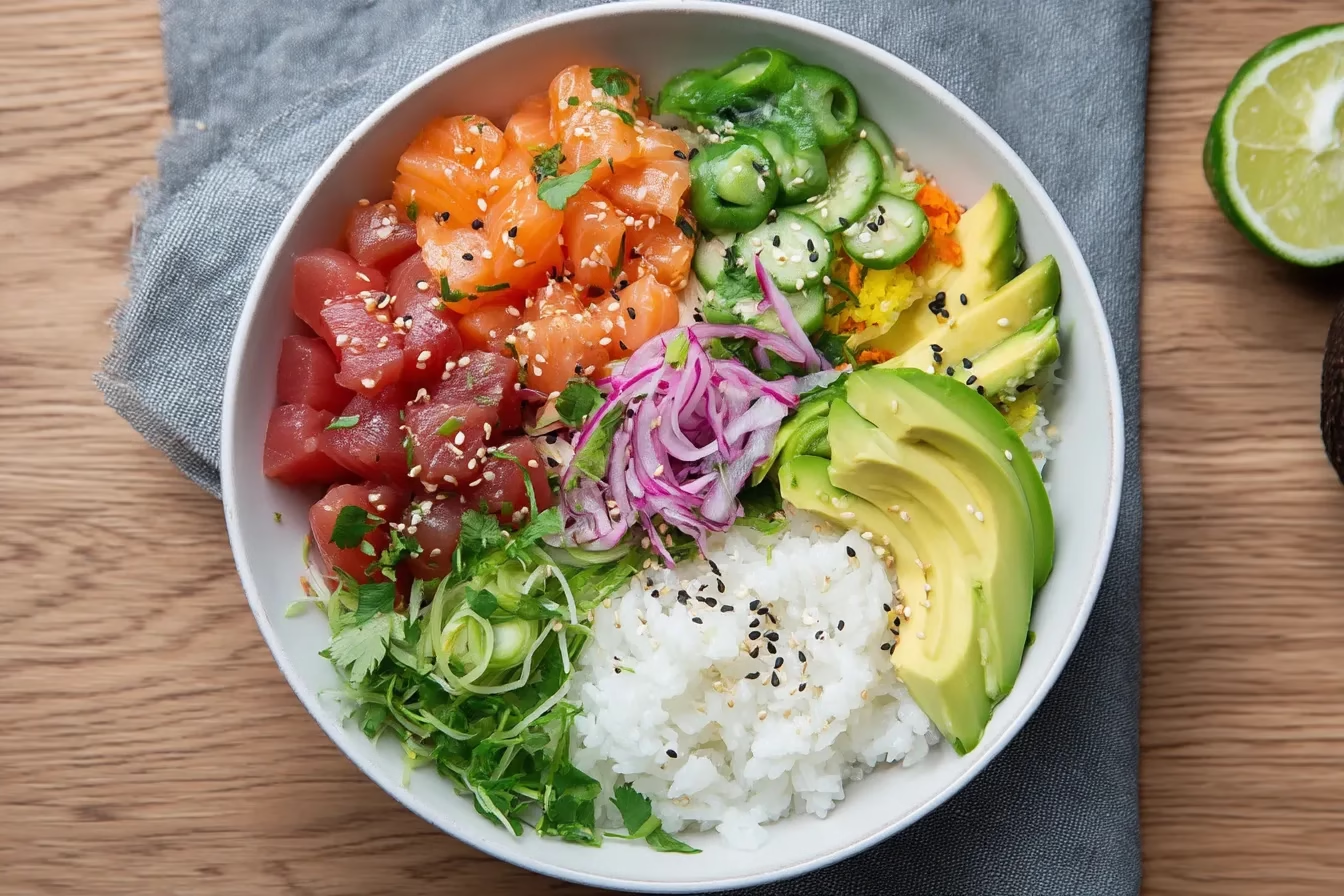
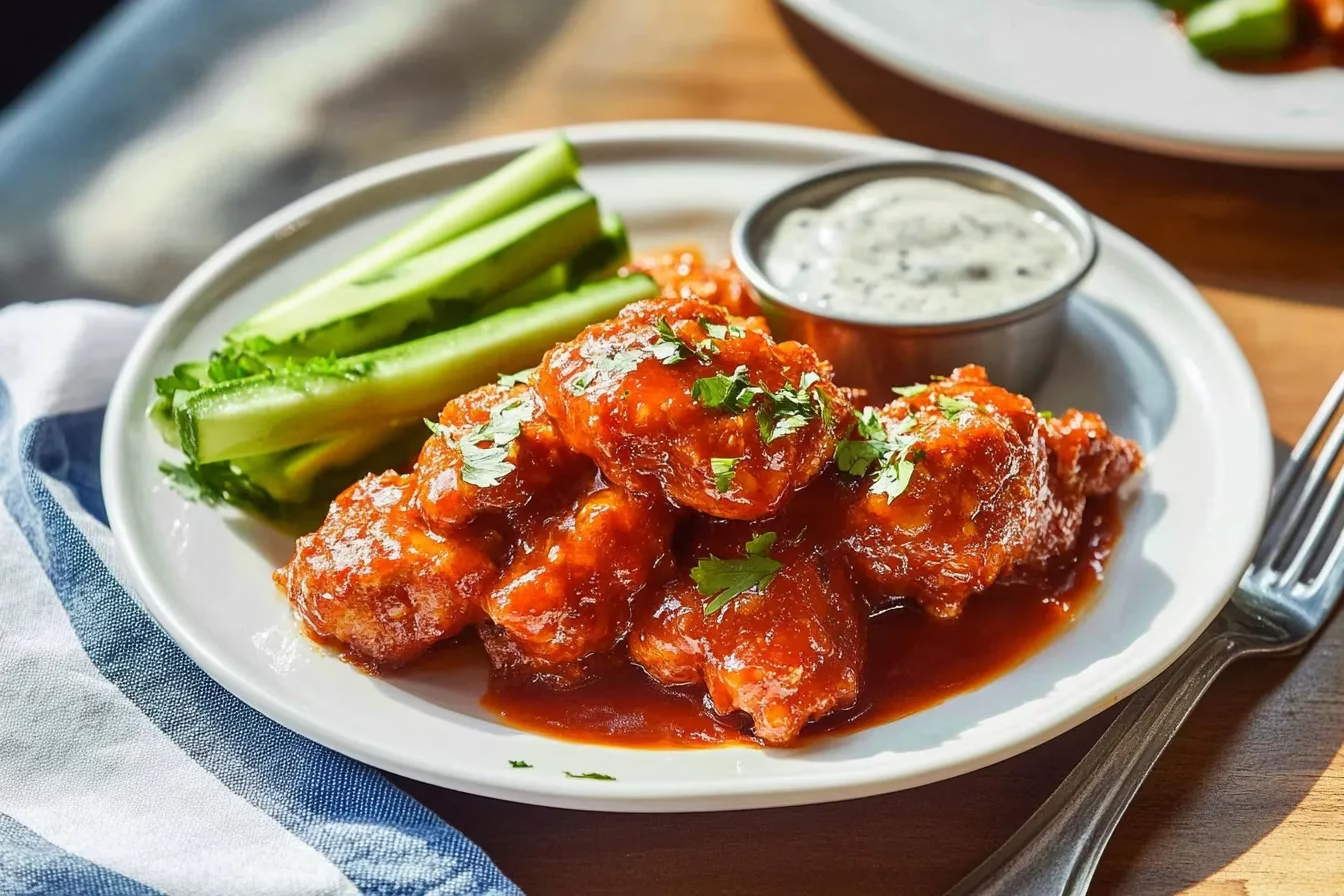
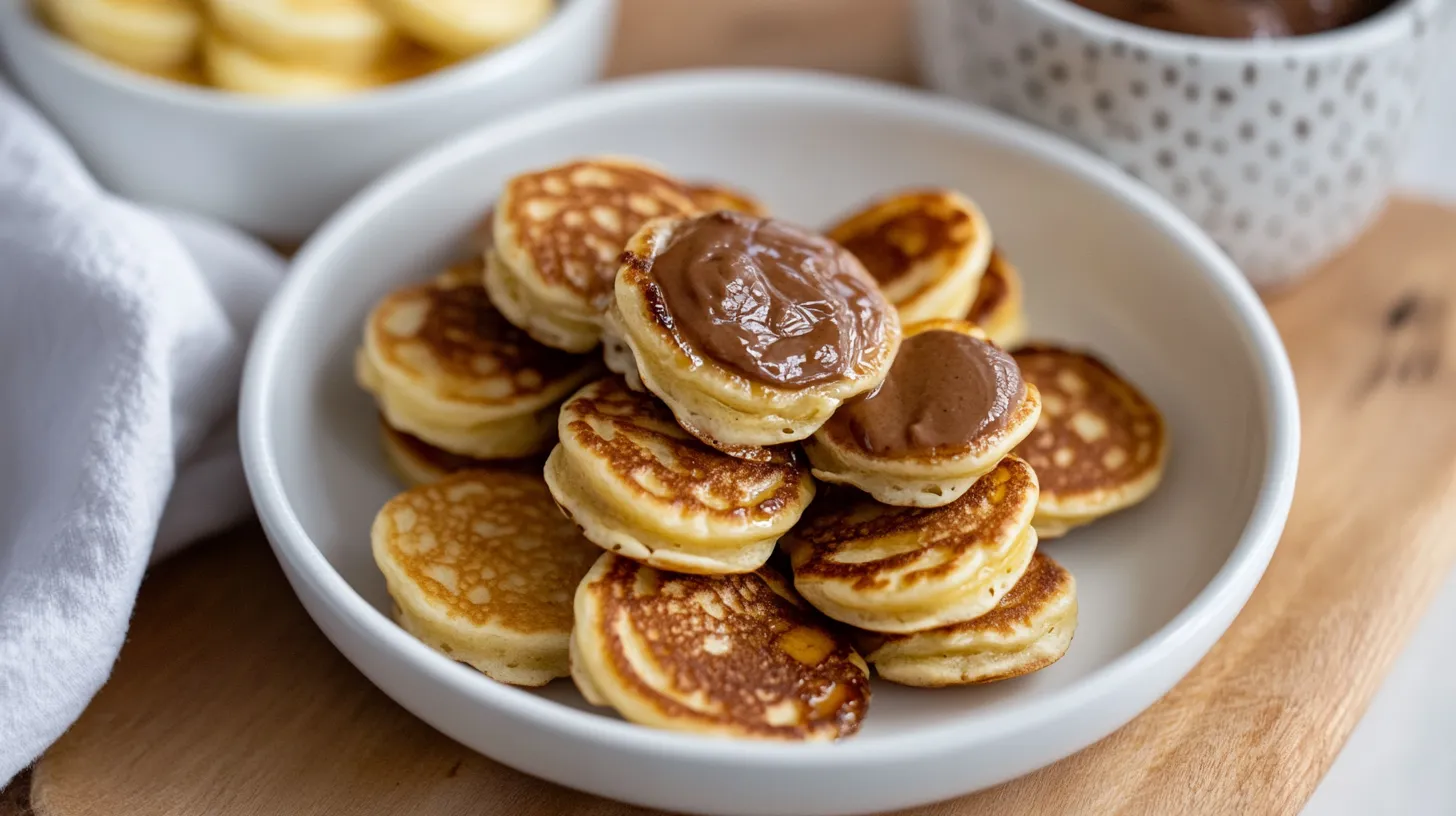
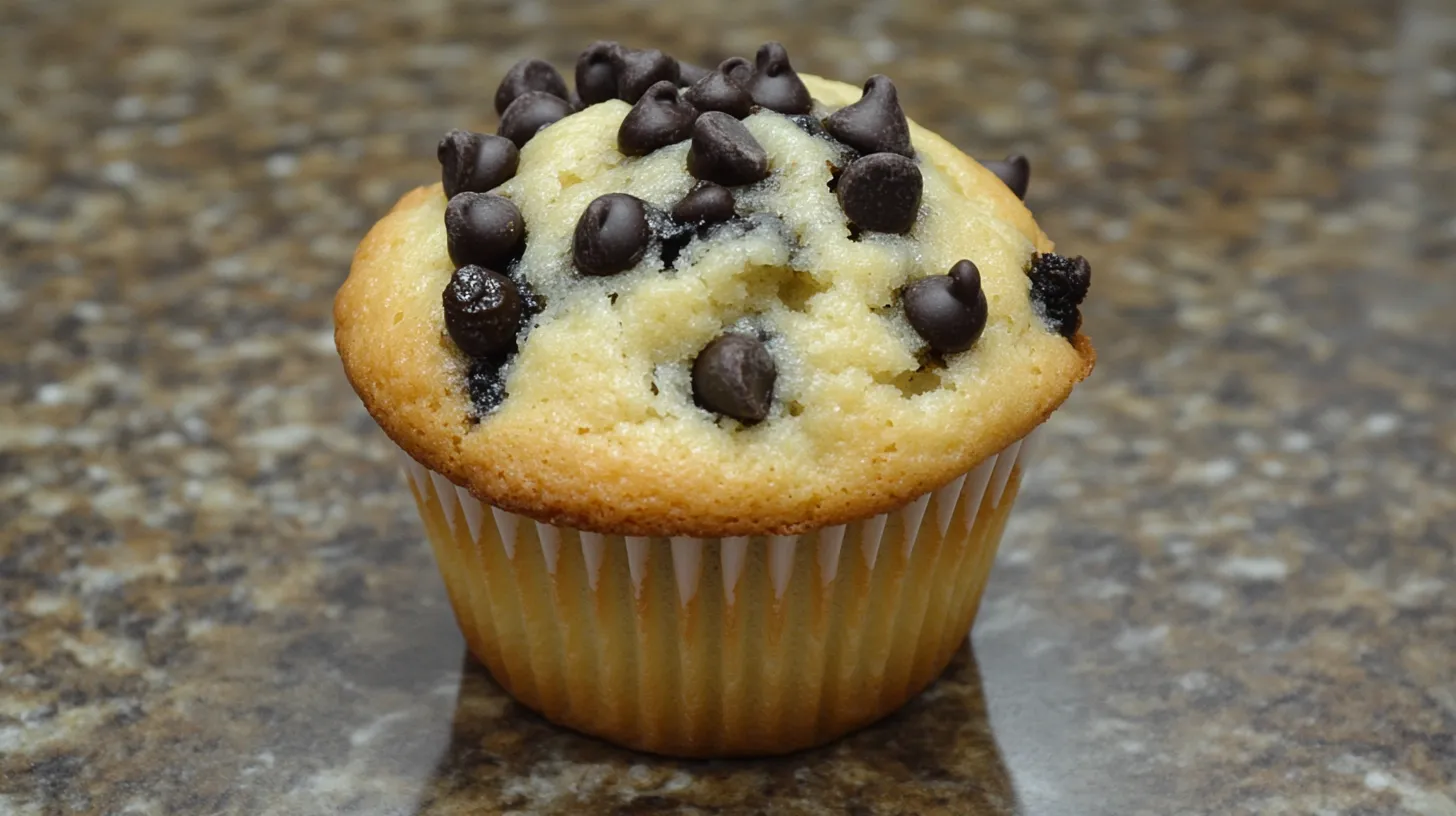

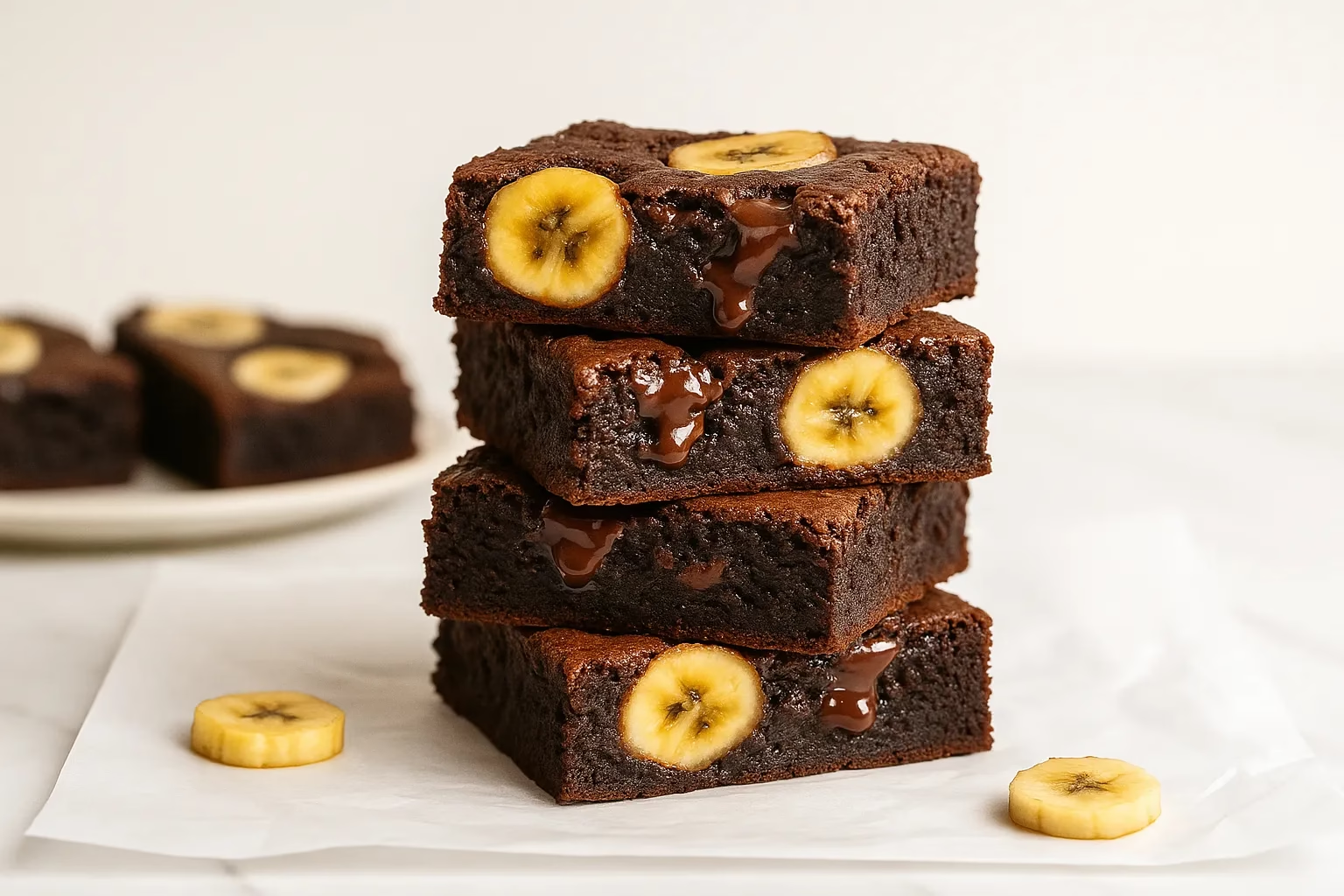


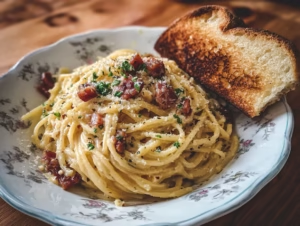
lovely!